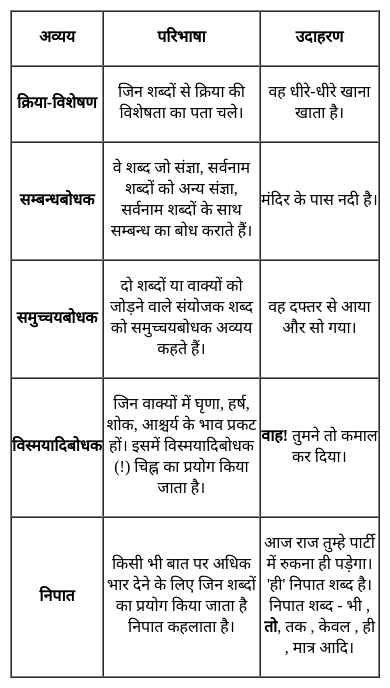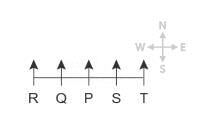HTET TGT Science Mock Test - 4 - HTET MCQ
30 Questions MCQ Test - HTET TGT Science Mock Test - 4
Directions: Answer the following question by selecting the most appropriate option.
Development proceeds from ______ to ______.
Development proceeds from ______ to ______.
Mainstreaming and inclusion are the parts of which of the following integration?
Assertion (A): In a progressive classroom, a teacher should always cater to the individual differences of the children in the class.
Reason (R): The main goal of progressive education is to get students to have a hands-on learning experience.
Choose the correct option.
Direction: In the following question, the sentences have been given in Active/ Passive Voice. From the given alternatives, choose the one that best expresses the given sentence in Passive/ Active Voice.
My mother bakes cakes.
Directions: A sentence is given here with a blank and you need to fill the blank choosing the word/words given below. If all the words given can fill the blank appropriately, choose ‘All are correct’ as your answer.
They're carefully _______________, many in beautiful copper-plate handwriting, detailing exactly where and when they were found.
I. Tag
II. Labelled
III. Design
Direction: In the following question, the sentences have been given in Active/ Passive Voice. From the given alternatives, choose the one that best expresses the given sentence in Passive/ Active Voice.
The servant will execute all orders promptly.
P, Q, R, S and T are sitting in a straight line facing the North. P sits next to S but not to T. Q is sitting next to R, who sits on the extreme left corner. Who sits to the immediate left of S if T does not sit next to Q?
In a village 52% of the population are males and the rest are females. If 60% of the males and 70% of the females are literate, what percentage of the total population of the village is illiterate?
The average of 31 numbers is 57. The average of the first 10 numbers is 50 and that of the last 20 numbers is 61. What is the 11th number?
Neon occurs as two isotopes of mass numbers 20 and 22. Its relative atomic mass is 20.2. What is the percentage of 20Ne in naturally occurring neon?
If a lens has a focal length, F = +12 cm, then it is a
From the options given below, select the character which can be acquired but not inherited?
How many elements did Mendeleev’s periodic table contain?
Find out the correct sentence about manure
(i) Manure contains large quantities of organic matter and small quantities of nutrients.
(ii) It increases the water holding capacity of sandy soil.
(iii) It helps in draining out of excess of water from clayey soil.
(iv) It excessive use pollutes environment because it is made of animal excretory waste.
An aqueous solution turns red litmus solution blue. Excess addition of which of the following solution would reverse the change ?
In addition to sculpting and art, where else is Plaster of Paris commonly used?
The water heating rod draws 10 A current when connected to certain power source. The resistance of rod is 12 Ω. The source voltage is:
Which type of reaction is being used in the experiment of verifying the law of conservation of mass?
Which of the following is a correct measure of velocity?
In Fleming’s left-hand rule the thumb indicates the direction of
A bulb draws a current of 0.20 A for 15 minutes. What is the amount of electric charge that flows through it ?





















